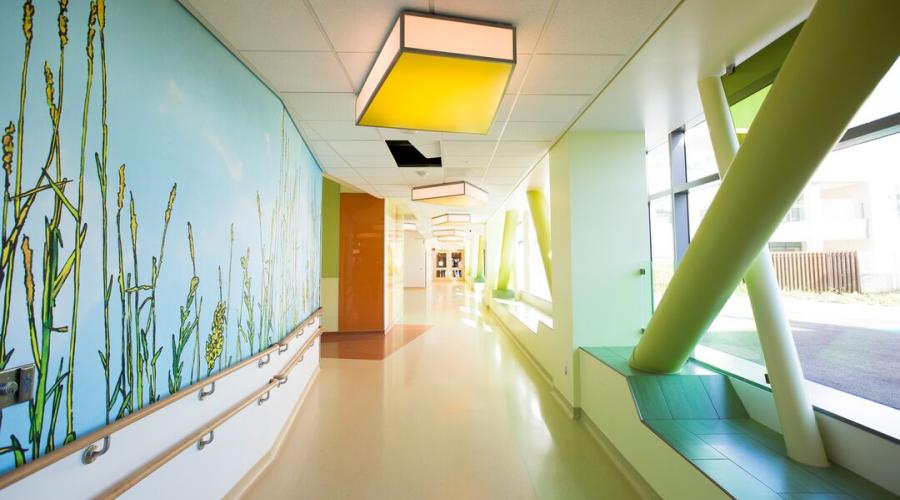
Children Needing an Endoscopy Can’t Always Access at Children’s Hospitals
Children with pancreas or bile duct problems need a complex type of endoscopy to diagnose and treat blockages, leaks, swelling, and even cancer.
Yet, new research shows a significant portion of children who need the specialized procedure lack timely access to hospitals prepared to administer it.
The procedure, endoscopic retrograde cholangiopancreatography (ERCP), involves a specially trained doctor using a thin, flexible tube with a camera (endoscope) to look inside the small intestine and bile ducts. They use a special dye to see blockages and other problems on x-rays. Tiny tools can also be passed through the endoscope to fix problems or take tissue samples.
“Getting ERCP quickly is important because waiting can lead to bigger problems, longer hospital stays, and even lasting health issues. Our research is the first to investigate these unequal access and use rates for children,” said Emily Perito, MD, MAS, senior author of the study and an associate professor of pediatrics in the Division of Gastroenterology, Hepatology, and Nutrition.
Disparities in Access and Use
The study, recently published in the Journal of Pediatric Gastroenterology and Nutrition, analyzed a national database to find how many children needing ERCP for pancreas or bile duct problems were seen by children’s hospitals that couldn't do the procedure.
One-in-four children with pancreatic issues and one-in-twelve with biliary issues received care at hospitals that don’t offer the procedure, sometimes requiring a transfer to a different hospital with in-house specialists.
In addition, children in the study with public insurance, living in rural areas, or of Black race were less likely to be seen by an ERCP-capable hospital. In hospitals that could administer pancreatic ERCP, children on public insurance, of male gender, and of Black race were all less likely to undergo the procedure.
“Uncovering why these groups are more significantly affected by disparities will require deeper investigation, but we know that not every practitioner that does ERCP is comfortable doing a pancreatic procedure in children. It’s possible that smaller or less-resourced hospitals don’t offer the full range needed,” said first author Sagar Pathak, MD, an assistant professor of pediatrics at UC San Diego who led the research during fellowship at UCSF.
UCSF Receives Children Needing the Procedure
“At UCSF, we can usually receive children needing ERCP within a day or two because our transfer center and specialists are available throughout the week,” said Perito.
However, transferring children to any hospital that can perform ERCP is still a challenge due to specialist scheduling, costs and logistics of transfer, and burden on the family to travel far from home.
Strategies for Improvement
Pathak and Perito noted that ERCP specialists need to have adequate training opportunities in pediatric ERCP, so they feel confident with the procedure when needed. Collaborations between hospitals that do and do not offer pediatric ERCP can reduce wait times, empower pediatricians to request the service, and ease the transfer process for all parties.
“This study represents an important first step to ‘right-sizing’ ERCP availability for children and shows focus areas that need to improve to provide timely and equitable access to the complex medical procedures they need,” said Perito.
